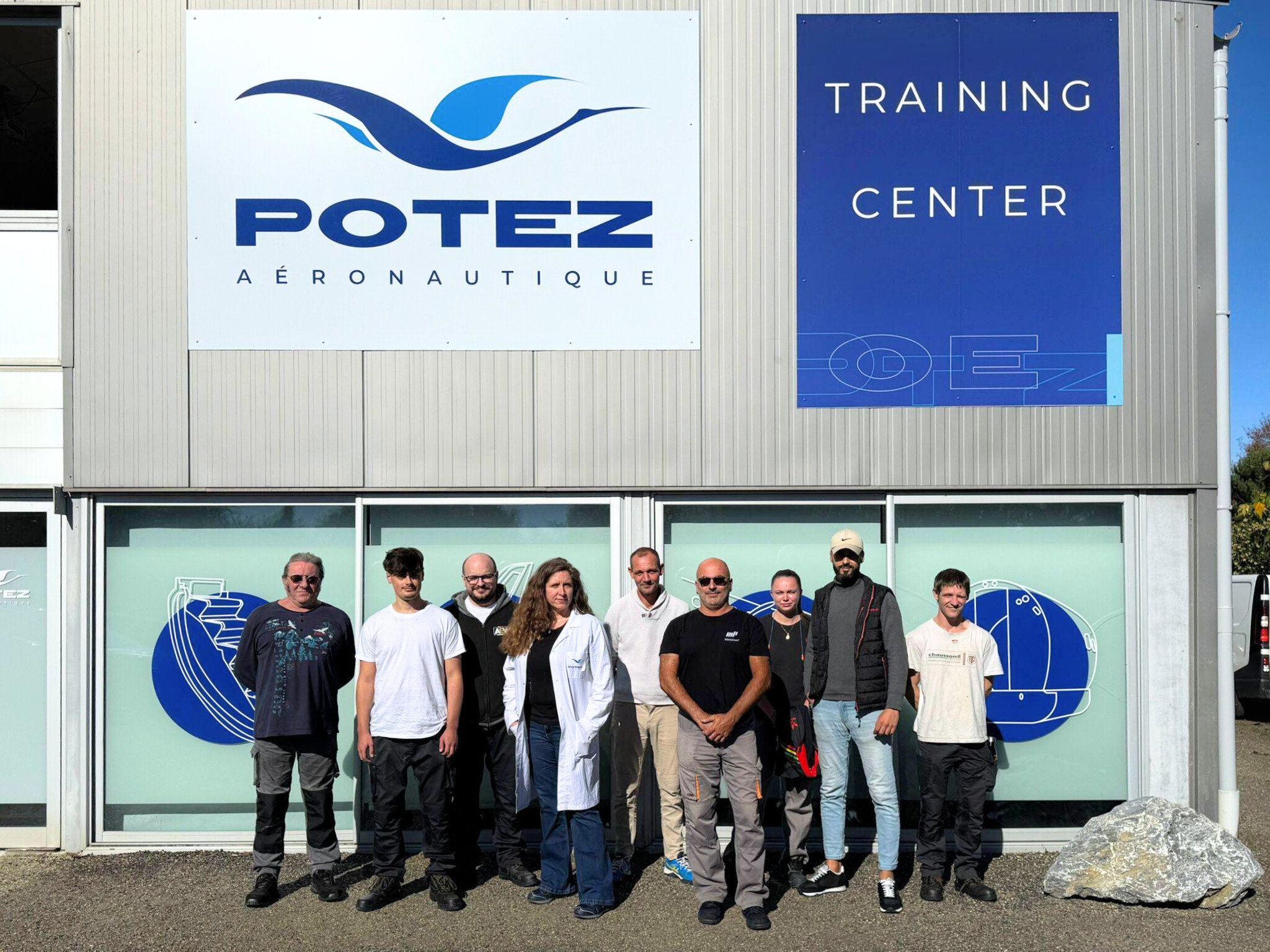
News
- GENERAL
[PRESS] 100 Years Ago, the First Flight of the Potez 25

100 years ago, the Potez 25, the legendary aircraft of Guillaumet and Mermoz that marked French aviation, took its first flight. On March 28, 1925, the Potez 25 took off for the first time from the runway of the Méaulte factory. This was the beginning of the exceptional adventure of this aircraft, which would become the most produced between the two world wars and whose name is forever associated with legendary aviators.
It’s an aircraft that sparked dreams and still does for aviation enthusiasts. An aircraft that accumulated exploits, piloted by mythical aviators. A legendary aircraft that crisscrossed skies around the world. The Potez 25 was the most built aircraft in the interwar period.
Henry Potez, a Genius Aircraft Manufacturer
It was from the rear of the factory hangars, where it was manufactured in Méaulte in the Somme region, that it first took off on March 28, 1925. “We find a trace of this first flight in the flight log of René Labouchère, who was Potez’s chief pilot,” explains Jean-Pierre Dehondt, president of the Méaulte Aeronautical History Association (AAHM). “But we don’t have any other indications about this first flight.”
The Potez 25 was not the first aircraft Henry Potez flew. The engineer, born in Méaulte in 1891, began his career in aviation with the Caudron brothers, pioneers of French aviation, who owned an aircraft factory in Rue. Partnering with Marcel Bloch in 1915, better known as Marcel Dassault, Henry Potez founded a propeller manufacturing factory under the brand Éclair. The two men embarked on the design of a complete aircraft, the SEA 4, a fighter plane of which the Air Force ordered 1,000 units. The first aircraft was delivered on November 11, 1918. About a hundred more units followed before the Air Force canceled the rest of its order. A decision that led Marcel Dassault to abandon aviation.
Henry Potez persevered, alone. In 1919, he created the Société des Aéroplanes Potez. In 1921, the company’s first aircraft, the Potez 15, a single-engine biplane, was released and 400 units were built.
A Versatile and Economical Aircraft to Build
Building on this success, Henry Potez began designing other models. But his factory in Levallois-Perret had become too small. He had to move. “He then decided to return to Méaulte, in a completely rural area. Thanks to war damages received by his parents for the destruction of their Domaine du Vivier where he was born, he bought land. And on July 1, 1922, he laid the first stone of his future factory,” recounts Jean-Pierre Dehondt.
It was in “the largest aeronautical factory in the world” that the legendary Potez 25 aircraft would be born. A prototype of this new single-engine, two-seater biplane was assembled in 1924 to be presented at the 9th International Aeronautical Exhibition (ancestor of the current Paris Air Show) which took place at the Grand Palais in Paris in December of the same year. “It’s a sesquiplane. It’s a biplane where the surface of the lower wing is one and a half times smaller than that of the upper wing,” explains Jean-Pierre Dehondt. “This allows the pilot to have a better view of the ground. Potez wanted it that way because he intended it to be a versatile aircraft.”
This aircraft, made of metal and wood with linen fabric wings, was appealing due to its lower manufacturing cost compared to its competitors and its technical characteristics. It could be equipped with all types of engines from 370 to 600 horsepower. It was easy to maintain and offered innovative safety features like a firewall and a protected fuel tank.
Méaulte, Cradle of the Mythical Potez 25
Up until March 28, 1925, the date it took off for the first time from Méaulte, under the anxious gaze of Henry Potez, Louis Coroller, his director of studies, and all the employees. Aboard the two-seater was René Labouchère, Potez’s chief pilot. “Everyone crossed their fingers because no matter how well you design an aircraft, until it has flown, you can’t know how it will behave in flight. Especially at that time. The first flight of an aircraft is always something exceptional,” indicates Jean-Pierre Dehondt. “Especially since, at the time, the airfields in Méaulte were simple. Take-offs were practically right outside the hangars, at the back of the factory, depending on the wind direction. There wasn’t a precisely marked runway. We always took off according to the wind direction.”
The adventure of the Potez 25 and the success of the Société des Aéroplanes Potez were launched. “From then on, in Méaulte, craftsmanship was over. We moved to mass production of aircraft. It was an assembly line,” states Jean-Pierre Dehondt. “He brought workers from his Levallois factory, and then he recruited locally. He recruited all profiles: cowherds, hairdressers, seamstresses, and of course, cabinetmakers. And he trained them. It was an experienced veteran who taught a young person. He recruited cabinetmakers and carpenters because the aircraft were mostly made of wood. And seamstresses worked on the linen fabric for the wings. As an anecdote, if you wanted furniture or a timber frame in the Albert area, you had to wait a long time. It was the same if you wanted a dress or a suit!”
Recent Articles


